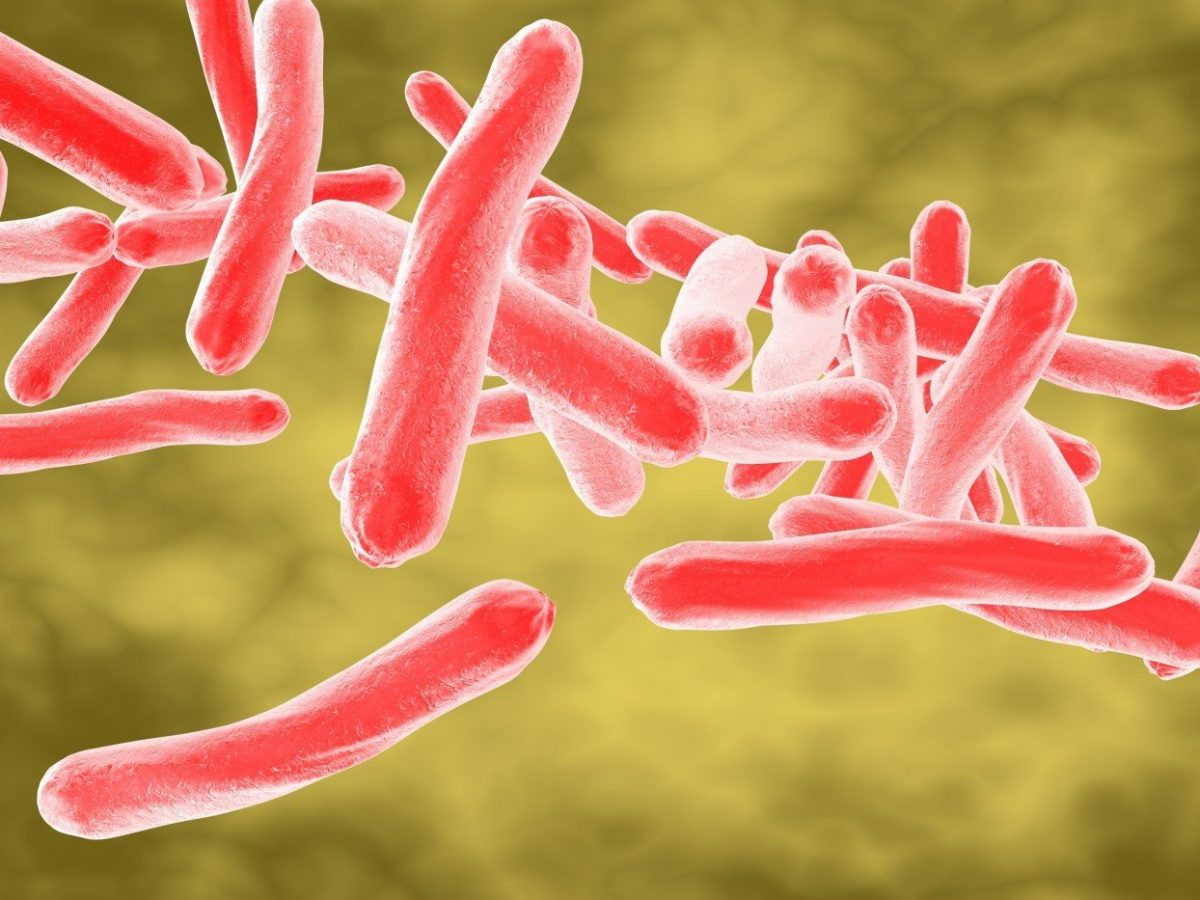Plasma Exchange Treats CAD Linked to Tuberculosis in Pregnant Woman

A pregnant woman with a rare case of tuberculosis-induced cold autoimmune hemolytic anemia — also known as cold agglutinin disease (CAD) — was successfully treated with plasma exchange and medications for her tuberculosis.
According to its authors, this “favorable outcome” highlights the advantages of plasma exchange to manage CAD in its early stages.
The report, “Successful therapeutic plasma exchange in cold autoimmune hemolytic anemia in patient with disseminated tuberculosis,” was published in the journal Reumatismo.
Autoimmune hemolytic anemia (AIHA) is caused by self-reactive antibodies that target and destroy red blood cells, leading to hemolytic anemia and other complications. In people with CAD, or cold AIHA, these harmful antibodies bind and destroy red blood cells at low temperatures, usually between 32 to 50 F (0 and 10 C).
In rare instances, tuberculosis can trigger the production of these self-reactive antibodies and AIHA onset. Here, investigators in France described a 34-year-old pregnant woman who developed CAD after contracting tuberculosis during her third trimester (roughly, seven to nine months of pregnancy).
The patient was admitted to the hospital with a fever of 38.5 C (101.3 F), fatigue, and shortness of breath, along with elevated heart and respiratory rates.
Blood tests showed signs of impaired red blood cell production, low white blood cell levels, and low platelet counts.
The woman was also found to have an enlarged spleen, problems with her liver, and autoantibodies in her bloodstream, all suggestive of AIHA. She was unresponsive to blood transfusions, leading doctors to do a fetal extraction to save the baby’s life.
Abdominal imaging scans found signs of interstitial lung disease, enlarged lymph nodes in the thorax and abdomen, and an enlarged liver and spleen.
A liver biopsy also found signs of liver damage. Tissue analysis revealed the presence of Mycobacterium tuberculosis, the bacteria that causes tuberculosis, and the woman was diagnosed with AIHA associated with disseminated tuberculosis, affecting multiple organs.
She underwent five plasma exchange sessions over the course of five days. She began to improve and no longer required blood transfusions after the fifth session.
Tuberculosis treatment, consisting on a combination of anti-tuberculosis therapies (ethambutol and pyrazinamide) and antibiotics (isoniazid and rifampicin), was then initiated. This was accompanied by a four-week course of oral prednisone.
As the patient continued improving, the anti-tuberculosis treatment was stopped after two months and the antibiotics after one year.
“To the best of our knowledge, this is the first case of cold AIHA in a patient with disseminated tuberculosis treated with therapeutic plasma exchange with a favorable outcome,” the researchers wrote.
They also noted that “further studies are needed to elucidate the exact role of Mycobacterium tuberculosis in AIHA” and “to confirm the indication of [plasma exchange] in cold AIHA.”





